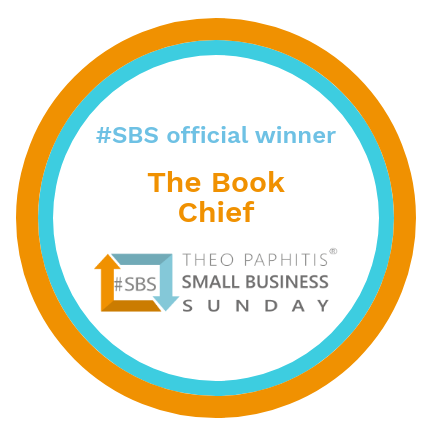Step 1: Define Your Novel’s Purpose
- Ask yourself why you want to write this novel.
- Decide what message, theme, or emotional journey you want to convey.
Step 2: Identify Your Genre and Target Audience
- Choose a genre: romance, mystery, fantasy, historical fiction, etc.
- Consider who will read your book and what they expect from the genre.
Step 3: Develop Your Central Idea or Premise
- Summarise your story in one or two sentences.
- Make sure your premise includes a protagonist, a conflict, and stakes.
Step 4: Create Memorable Characters
- Develop your main character (protagonist) and antagonist.
- Create character profiles including name, age, appearance, personality, backstory, goals, and flaws.
- Consider supporting characters and how they influence the plot.
Step 5: Choose a Point of View and Tense
- Decide who is telling the story (first person, third person limited, third person omniscient).
- Choose past or present tense.
Step 6: Build Your World
- Define the setting (time, place, culture).
- Consider any rules or unique elements if writing speculative fiction.
- Sketch maps or timelines if needed.
Step 7: Outline Your Plot
- Choose a structure (Three Act Structure, Hero’s Journey, etc.).
- Identify major plot points:
- Inciting Incident
- Rising Action
- Climax
- Falling Action
- Resolution
- Create a chapter-by-chapter or scene-by-scene outline.
Step 8: Plan Subplots and Themes
- Decide on secondary storylines that support or contrast the main plot.
- Reinforce your themes through subplots and character arcs.
Step 9: Set a Writing Schedule
- Choose your writing routine (daily, weekly goals).
- Set deadlines and milestones.
- Consider using writing tools (Scrivener, Notion, Word, etc.).
Step 10: Start Writing Your First Draft
- Don’t worry about perfection…just get the story down.
- Stay flexible: your story might evolve as you write.
Step 11: Review and Revise
- After completing the draft, take a break.
- Read through your novel and make notes.
- Revise for structure, pacing, character development, and consistency.
Step 12: Seek Feedback
- Share your manuscript with trusted readers or a critique group.
- Be open to constructive criticism.
- Revise again based on feedback.
Step 13: Prepare for Publishing
- Decide between traditional publishing and self-publishing.
- Format your manuscript and prepare a synopsis and cover letter if querying agents for traditional publishing
- Edit and proofread thoroughly or better still, ask a professional to do this for you.
Final Tip: Enjoy the Journey! Writing a novel is a creative and personal adventure, give yourself permission to experiment, learn, and grow as a writer.





